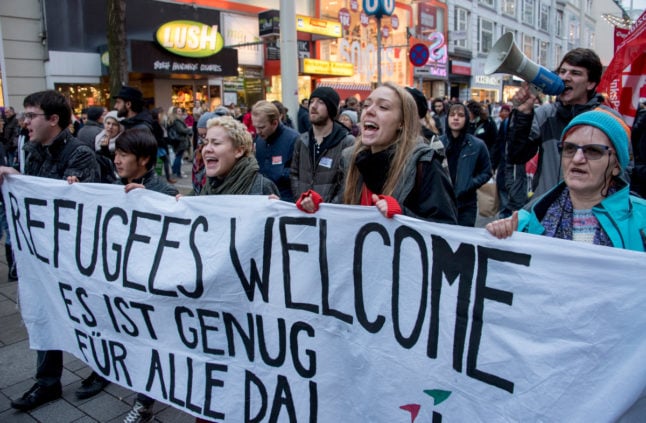The populist right-wing Freedom Party of Austria (FPÖ — Blue) made stunning gains in regional elections on Sunday on the back of fears over the migrant crisis.
The FPÖ gained 31.4 percent of the vote in the state of Upper Austria, the country's industrial heartland, according to results after 16 percent of the ballots were counted.
The corresponding figure in the last elections in 2009 was 15.3 percent.
“We were optimistic since the start,” said FPÖ chief Hans-Christian Strache, adding that the results so far had “exceeded our expectations.”
However the conservative Christian Democrats (ÖVP — Black) retained their lead at 35.5 percent: a drop of more than 11 points so far.
In recent months Austria has become a major transit country for tens of thousands of migrants entering from Hungary — having travelled up the western Balkans — bound for northern Europe, in particular Germany.
But 8.5-million-strong Austria also expects around 80,000 asylum claims this year, a high number compared to other European Union countries on a per capita basis, and Vienna has been a major proponent of EU quotas.
Analysts at Austria's Public Opinion Strategies said fears over the migrant crisis shaped voting patterns in Upper Austria, the fourth biggest state in terms of geographical size.
The vote comes two weeks ahead of elections in the city state of Vienna, a bastion of the Social Democrats (SPÖ — Red) for decades but which has seen a rise in support for the far-right.
The Freedom Party already made significant gains in regional elections in Styria, encouraging Strache to set his sights on becoming Vienna's new mayor in elections later this year.



 Please whitelist us to continue reading.
Please whitelist us to continue reading.
Member comments